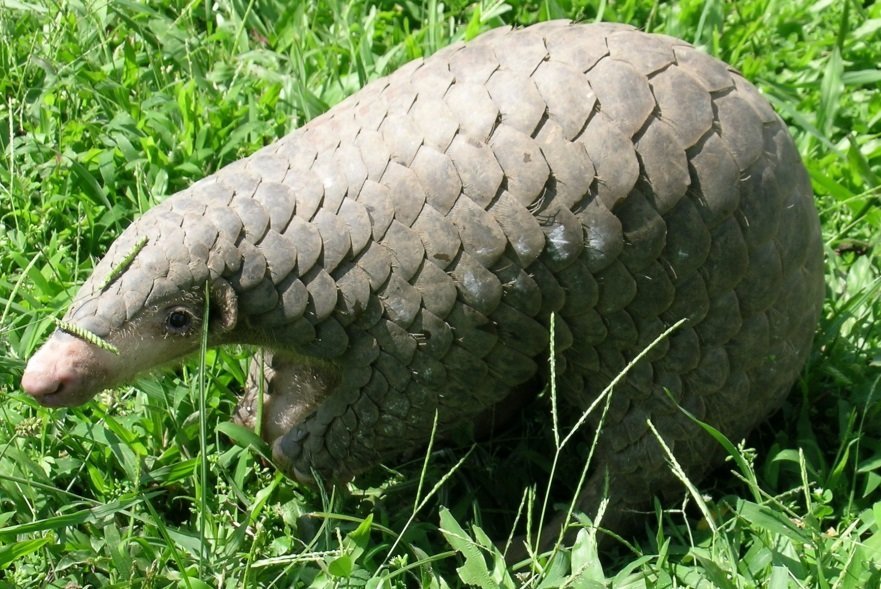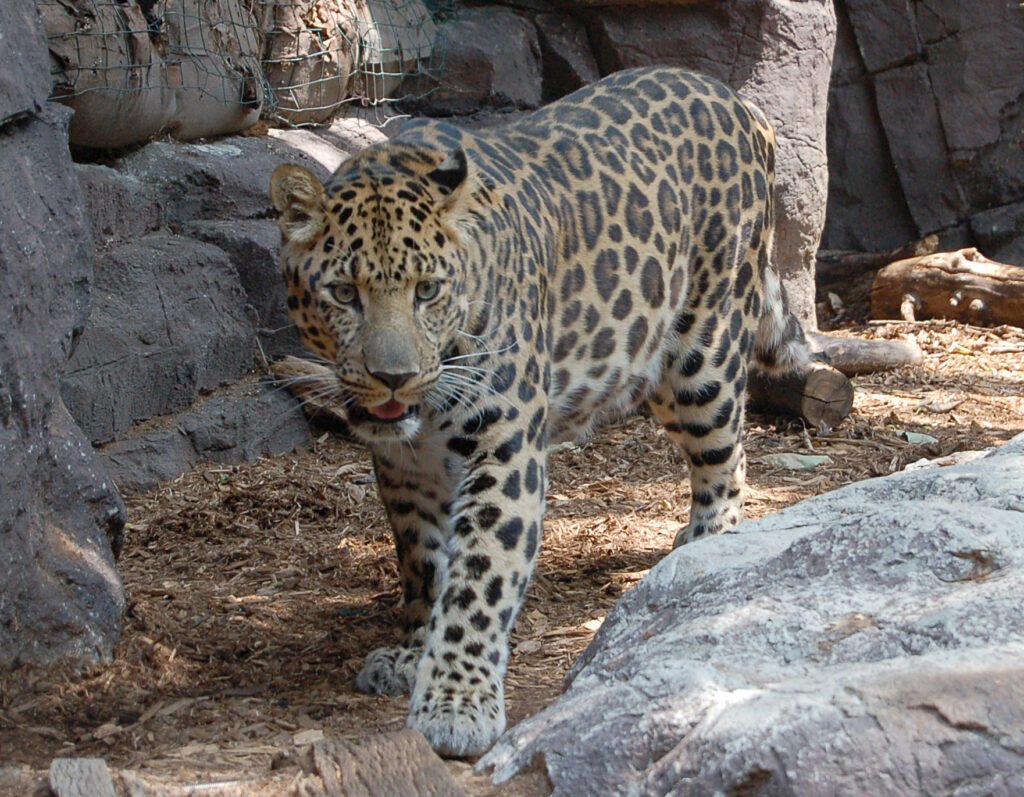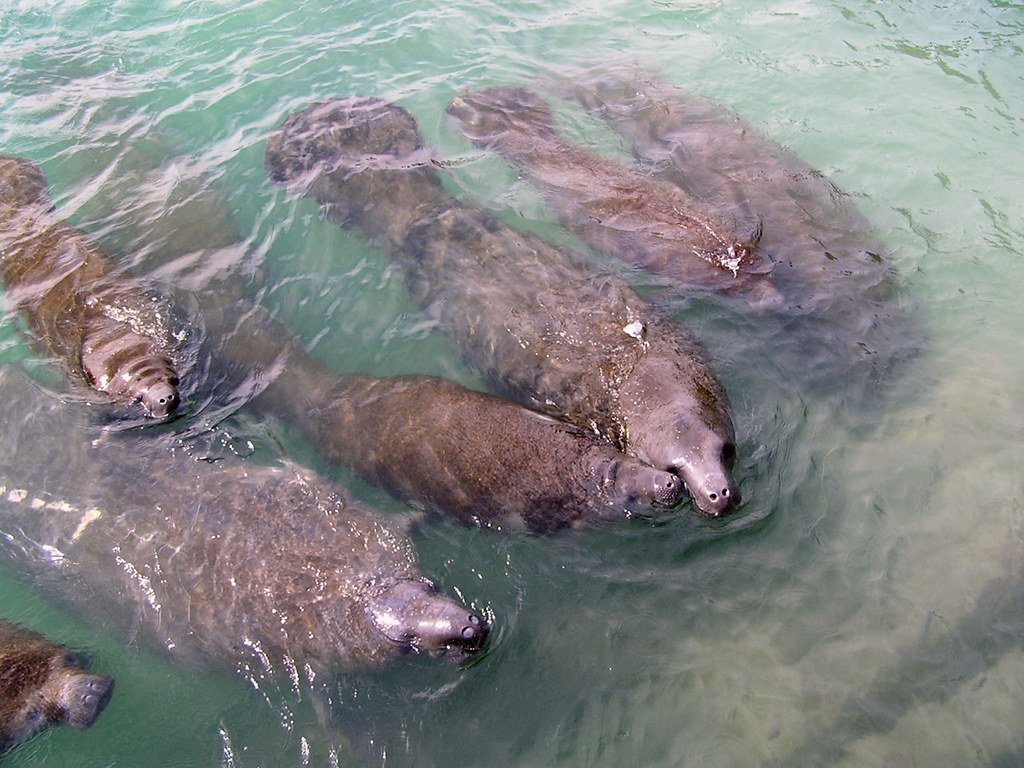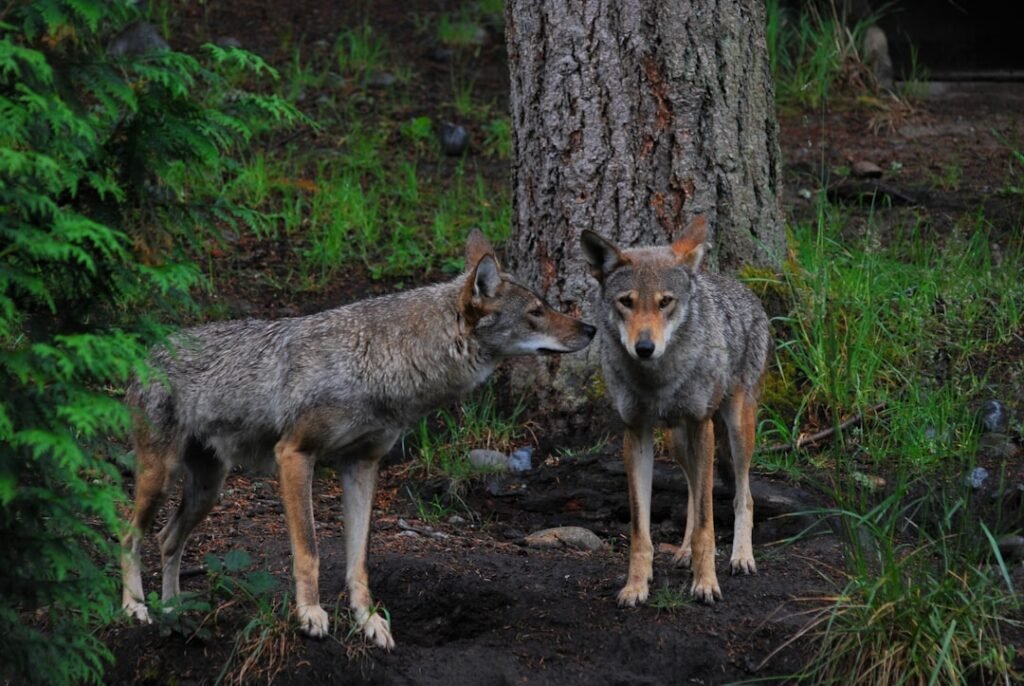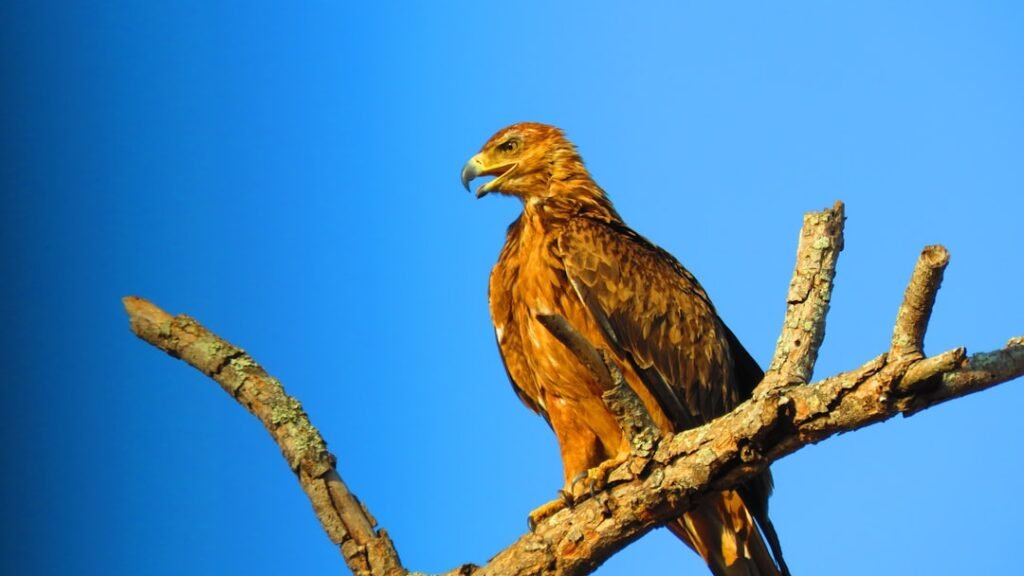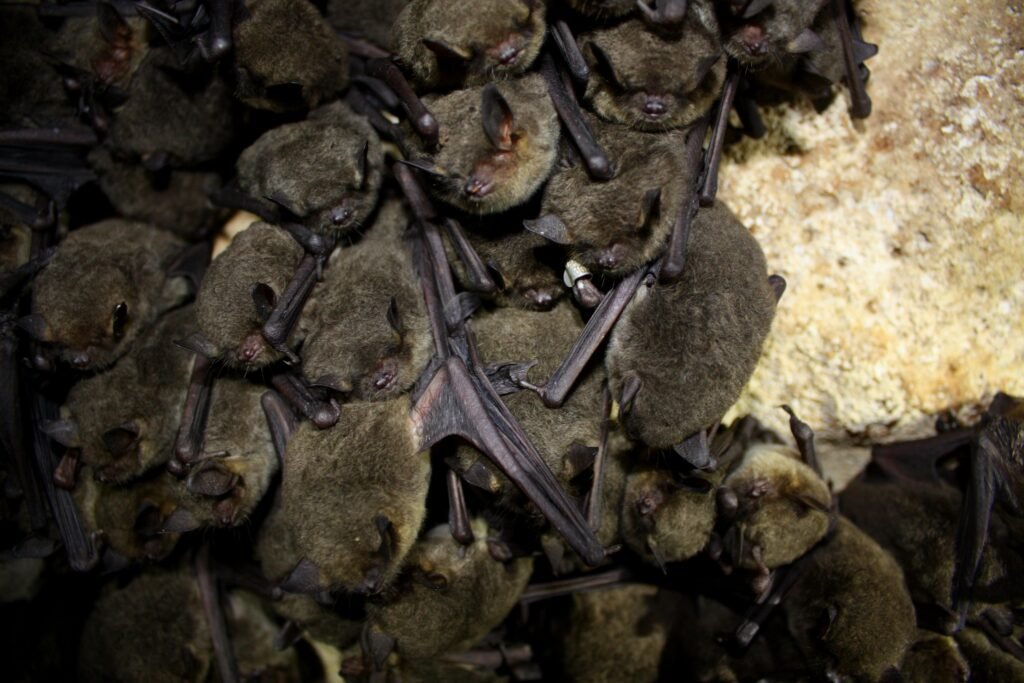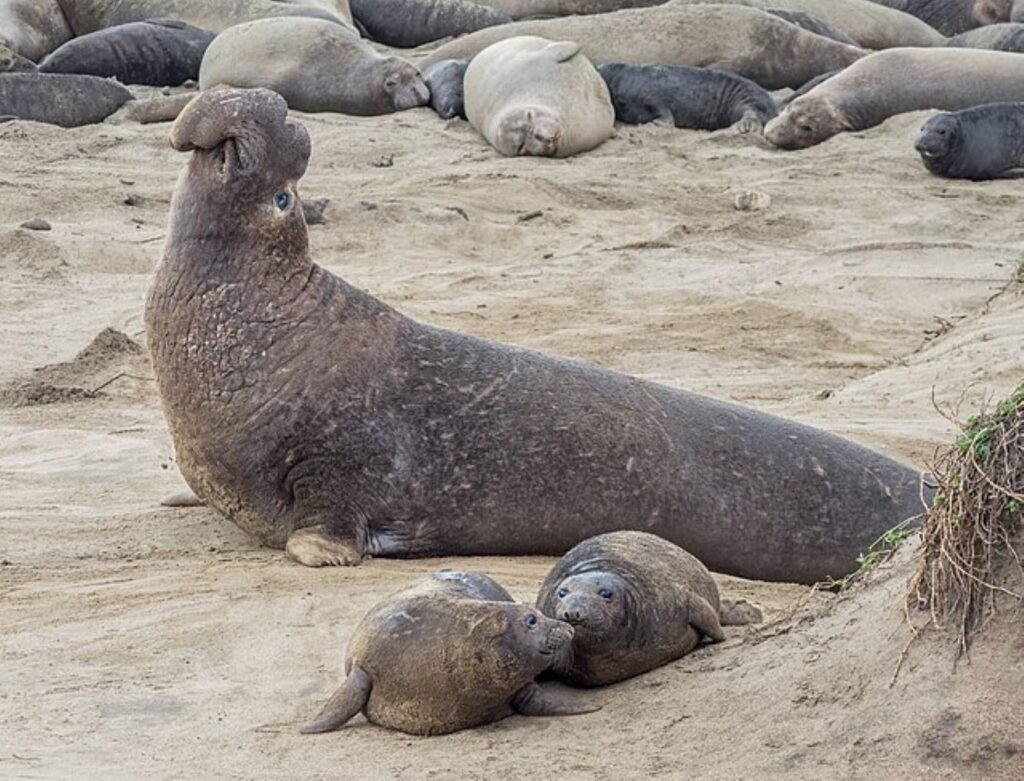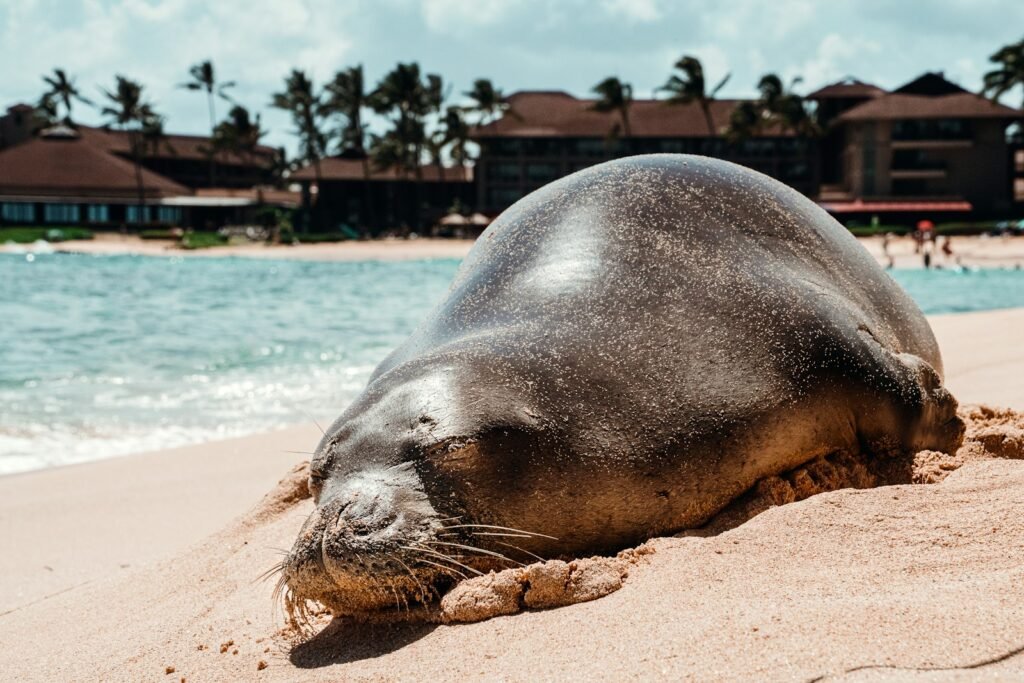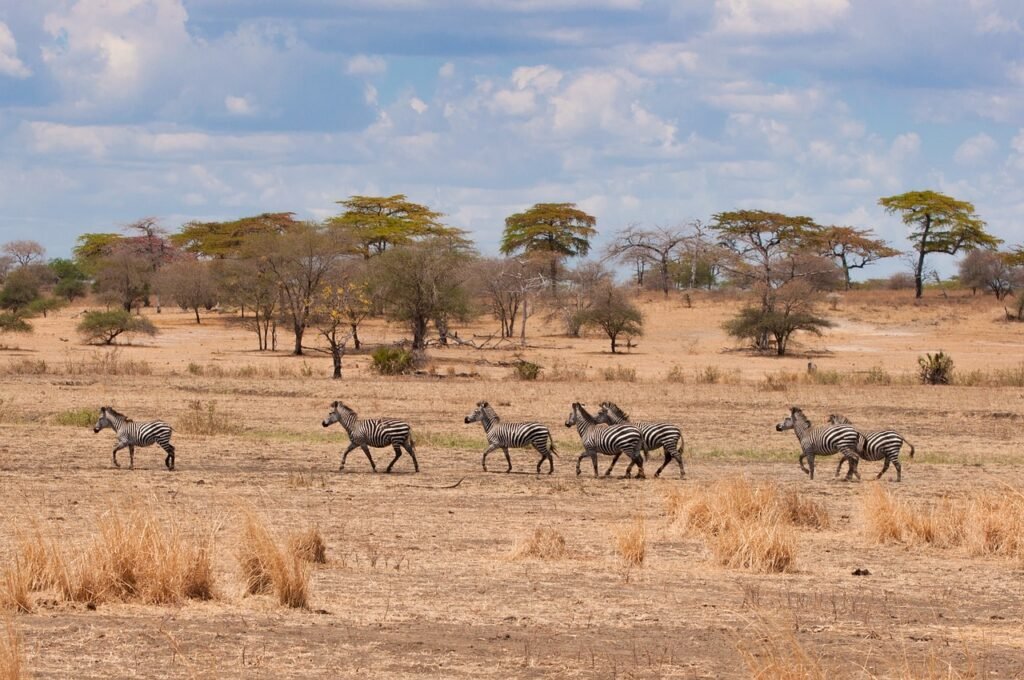140,000-Year-Old Pangolin Tracks Found And You Won’t Believe Who Discovered Them
In a revolutionary find along South Africa’s Cape coast, researchers have identified the world’s earliest fossilized pangolin tracks, dating to as much as 140,000 years ago. But here’s the twist: The prehistoric trail was cracked not with high-tech imaging or artificial intelligence, but through the traditional know-how of Namibia’s Indigenous Master Trackers, whose age-old expertise ...

